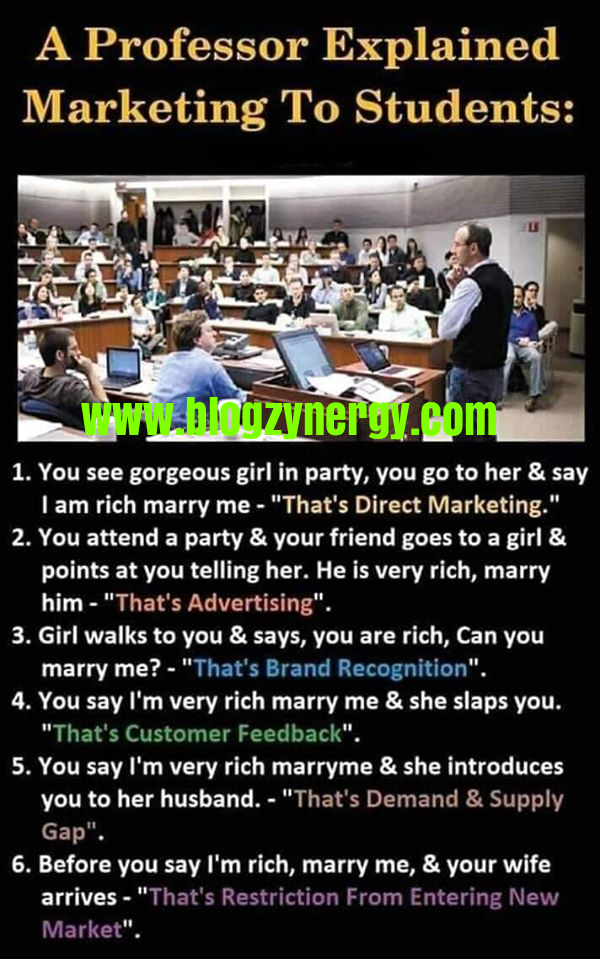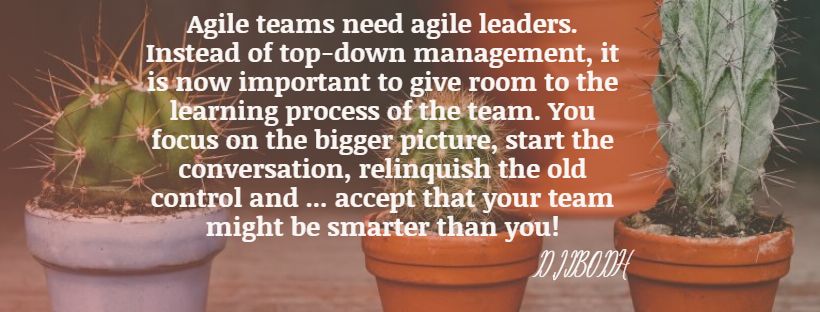Networking is very important in every kind of work. Making and maintaining contacts provide lines where you need them when you least expect them.
By networking you ensure business relationships within and outside your organization. You open any doors to the future. Maybe you have been in conversation with someone from a very nice company and you now have the chance to ask if they still need someone there. If you already know someone from that company, you are one step ahead of other applicants. Of course it is important that this person knows your good qualities. We will list other points that are important below.
Tip 1: Stay authentic
You are authentic if you pursue your own goals, without ignoring the other. Important tips: ask what someone really thinks or feels, be selective in naming your annoyances, stay honest about important things (and sometimes less honest about less important things) and stay true to your values.
Tip 2: Network from your heart
Dare to show who you are and dare to make real contact with the other. Positive effect: you will notice that your environment will react from that connection: better communication, more motivation and more job satisfaction are a consequence. As a management assistant you can be an optimal connecting link between people.
You will experience that with the people you have more connection with, things will run more efficiently. After all, you can do business purely because it is imposed or more because you want to do it for the other. You grant it to the other and it is awarded to you.
Tip 3: Who does well, meets well
Determine what unique qualities, ambition and passions you have in you and use them for the other. If you do that with surrender, you will get a lot of satisfaction out of it yourself and you will receive it back later. Who does well, meets well.
Tip 4: Make yourself visible
Three in four jobs are filled from the network of employees and other contacts. Meanwhile, 90% of HR advisers, recruiters, recruitment & selection and secondment agencies are looking for the right person for a vacancy via LinkedIn. Recruiting via LinkedIn saves time and money: no vacancy costs and the vacancy is filled quickly due to short lines and reliable sources. Very EFFECTIVE !
With a well-structured and insightful LinkedIn profile you are found and you contribute to the transparency of the labor market. In combination with the tools that LinkedIn offers to find the right position and the person within your network who can help you with that, the profile is an effective and efficient means of achieving your goal if you do not survive a reorganization: off-work -to work.
Tip 5: Respond to your conversation partner
The easier you recognize the communication styles of a conversation partner, the better you can respond to them.
Women appear to be able to do this better than men. A cooperative communication style allows you to create connection and support. When you communicate in a clear and positive way, this contributes to your popularity.
The way in which you communicate and the extent to which you adapt to other communication styles is partly determined by your personality. This means that how you communicate is not only predictable, but also changeable. Good news.
Tip 6: Strengthen your ‘circle of influence’
Networking only works if you really have a network. Make sure you meet the right people for your network, so that you increase your influence. A few tips: join a women’s or secretary network in your area, sign up for the LinkedIn support group and meet colleagues via Management Support.
Tip 7: Believe in yourself
Believing in yourself is a condition for being able to live fully and forcefully and the key to winning the trust of others. Faith and trust are the basis for putting something down. If you do not believe in yourself or do not trust yourself, you can do your best very hard, but little will change.
Faith and trust are connected. The crisis was caused by a lack of confidence, for example in the credibility of banks. That is why the crisis will only really end when there is confidence again. And trust in others starts with trust in yourself.
Tip 8: Give the other a rose
Do you want to connect with your colleagues? Send a conversation the positive side? Do you want to convince people of your proposal or thought? Making sure that you get to the “Together side” instead of the “Counter side”? Use the rules of the Rose of Leary. De Roos van Leary is a model that shows how influencing works.
It is a simple but brilliant working model when looking at action-reaction between people and it comes down to behavior that evokes behavior. So if you want someone else to behave differently, you will have to change your own behavior to begin with.
Tip 9: Don’t pick it up, bring it
Networking is: being willing to open up your own network and knowledge to someone else. Networking simply consists for the most part of: giving. Sincerely listen to the other, give a compliment, be open and do something for someone else. You are actually working on your own gun factor with this. Moreover, others get to know you better.
Tip 10: Make sure you are where it happens
Visit things like Workshop Days and the and other Social/Leadership/Management Support Events, Social Gatherings etc.Just go where the show is.. The places to connect and hear how you can shape your connecting role even better. Top speakers give tips, tricks and a good dose of inspiration and humor. Design your day yourself and learn everything to use your talents. Visit these kinds of events and put yourself in a good position to network.
ON YOUR NETWORK SUCCESS



